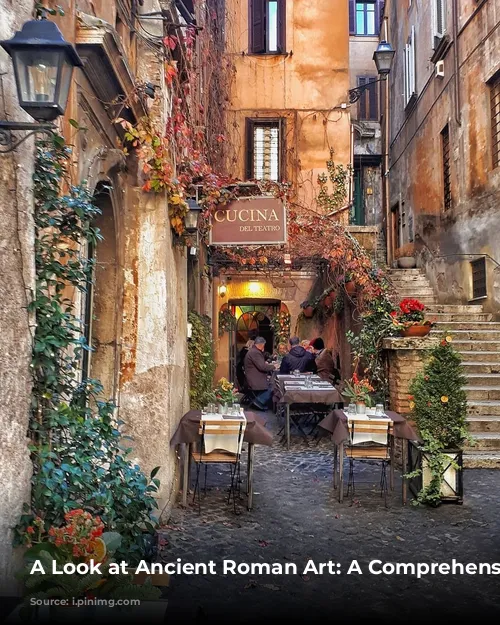This review dives into the depths of an intriguing book exploring the captivating world of Ancient Roman Art. We’ll examine its strengths, weaknesses, and areas for potential improvement.
Content and Accuracy
The book meticulously covers all the key aspects of Ancient Roman Art. While the visuals are familiar, the inclusion of diverse artworks would greatly enhance the reader’s experience. The conversational snippets, despite sounding somewhat rehearsed, offer a unique perspective. Sadly, the lack of a glossary and index is a significant oversight, hindering readers who seek specific information or definitions. The map of the Roman Empire at the beginning, while intriguing, could benefit from a clear explanation of its purpose.
The content presented is accurate and unbiased. However, the uniform font style makes it challenging to distinguish between topics and their context. Employing distinct fonts for headings would significantly improve readability and navigation.
Organization and Flow
The book is organized chronologically, providing additional resources at the end of each topic. The authors delve into specific subjects such as Roman domestic architecture, funeral rituals, wall paintings, and temples, highlighting their profound influence on Roman life.
While the organization is sound, the inclusion of blank pages disrupts the flow, leaving readers perplexed. The purpose of these blank pages is unclear—are they meant for note-taking or a deliberate design choice? This is particularly problematic for online textbooks where such features are not feasible. The addition of a chapter dedicated to Ancient Roman jewelry would add a fascinating dimension to the book.
Visuals and Presentation
The book boasts excellent images, though a wider selection of visuals would be more beneficial. The inclusion of information alongside or beneath each image enhances understanding.
However, the spacing between words is inconsistent, often displaying two spaces instead of one, which looks awkward and detracts from the overall presentation. Some instances of misspellings, such as “landacquisition” instead of “land acquisition,” require attention.
Cultural Sensitivity and Inclusivity
The book avoids cultural insensitivity and offensive content. It focuses solely on Ancient Roman Art, making it accessible to individuals from diverse backgrounds. However, exploring the diversity within Ancient Roman Art could be enriched through more up-to-date research.
Overall Impression
This comprehensive reference book serves as a valuable tool for classrooms. Instructors can utilize specific sections for research assignments. While it offers a good overview, it shouldn’t be the sole source for information on Ancient Roman Art.
The book’s strengths lie in its chronological structure, clear language, and insightful discussions. The inclusion of diverse artworks, a glossary, and a clearer explanation of the map would significantly elevate the reader’s experience. Addressing the spacing inconsistencies and misspellings would refine the overall presentation. This book, with its rich content and engaging style, has the potential to captivate both history and art enthusiasts.
